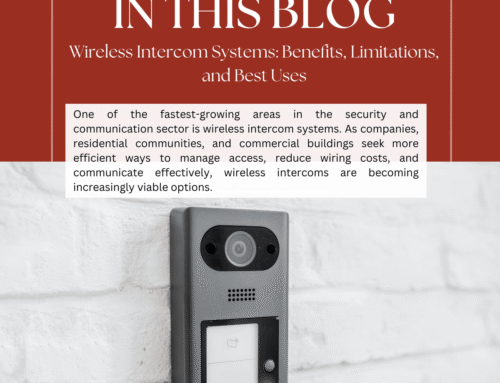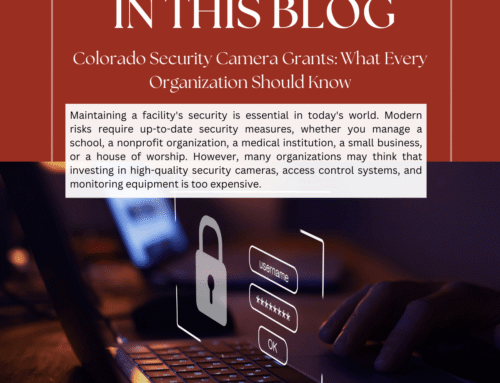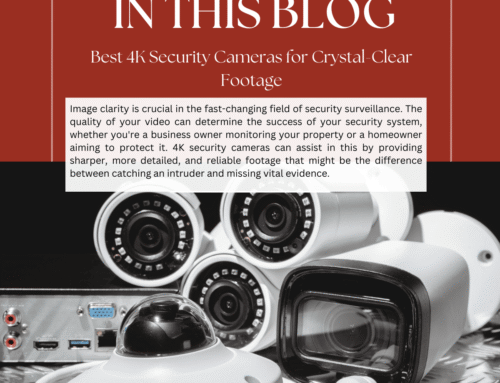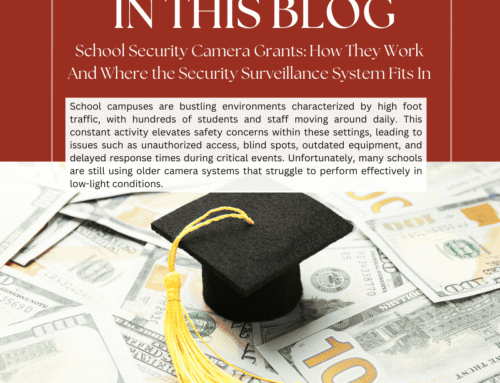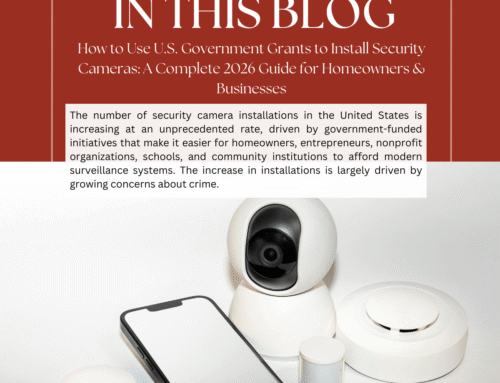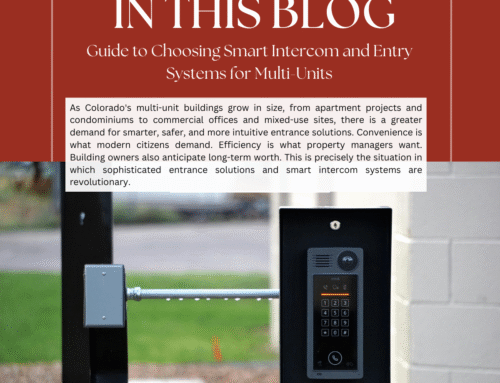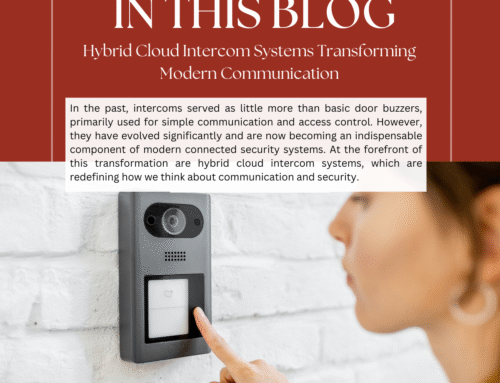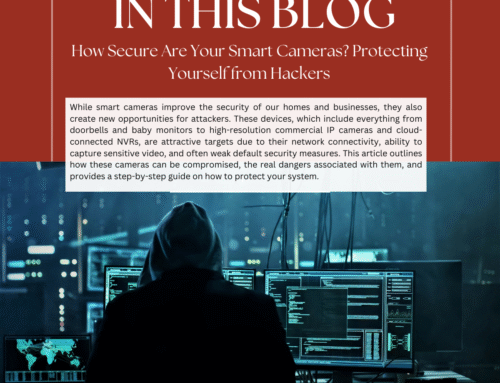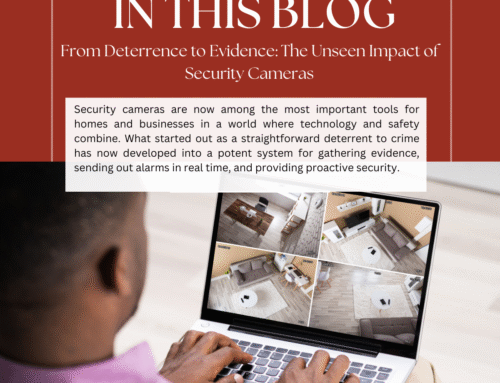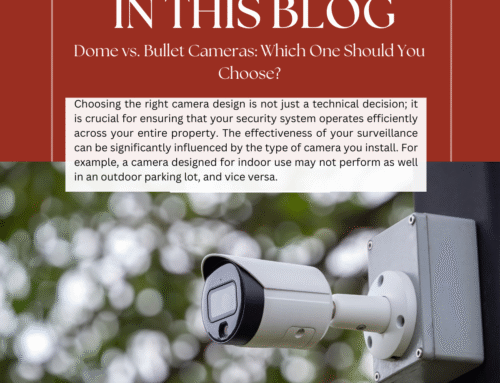5 Video Surveillance Best Practices
The task of securing commercial buildings and facilities has grown more demanding. As more businesses in Colorado turn to video surveillance and access control, it’s vital not only to install cameras — but to ensure your system works reliably and effectively.
While every business may have unique needs, these five universal best practices will help you get the most from your security investment.
1. Place Cameras Strategically to Cover the Entire Property
Don’t leave blind spots. Beyond entrances and exits, make sure to monitor storage areas, corridors, finance rooms, waiting rooms, and any less obvious access points.
2. Restrict Privileged Users
Limit the number of users with high-level access. Even trusted employees can make mistakes — keeping access tight reduces risk.
3. Build Reliable Infrastructure
The longevity of your system depends on more than just cameras. Use high-quality cabling, power supplies, and supporting hardware to avoid failures and maximise return on investment.
4. Create a Usage & Retention Policy
Document how video footage will be used, stored, and shared. A clear policy helps protect privacy, define legal use, and guide decisions on archiving or deletion.
5. Control Physical Access to Your System
Restrict who can physically touch or tamper with cameras, NVRs, and other system components. Even with strong cyber-security, physical access is a major vulnerability.
Need help applying these practices? We partner with over 2,700 businesses, and we’re ready to help yours. Contact us for a free consultation today.



